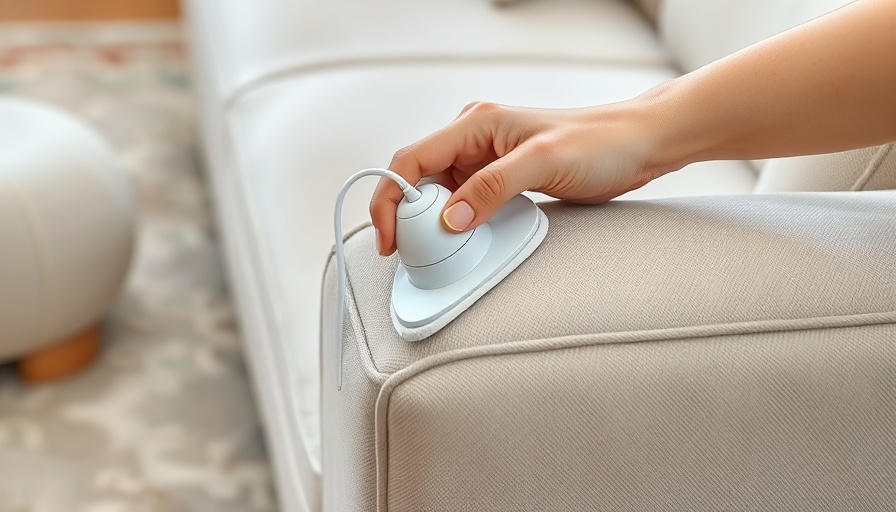
Understanding Uninsured and Underinsured Motorist Coverage
When it comes to protecting your family from potential road hazards, understanding your auto insurance coverage is paramount. Many drivers are blissfully unaware of the implications of being underinsured or not insured at all. In the U.S., around 15.4% of drivers lack any insurance. This statistic not only raises eyebrows but also calls for immediate action for those who often underestimate the risks on the road.
In 'How To Protect Your Family From Bad Drivers!', the discussion dives into the importance of understanding UIM coverage and its necessity for safeguarding families against uninsured motorists.
Mike Kane, a seasoned personal injury lawyer, emphasizes the importance of understanding two critical types of insurance coverage: Uninsured Motorist (UM) and Underinsured Motorist (UIM) coverage. Most people may not recognize these terms, but they serve as crucial safety nets if tragedy strikes. UM kicks in when an uninsured driver causes an accident, while UIM provides coverage when the responsible driver doesn’t have enough insurance to cover your damages.
The Risks of Not Having Adequate Coverage
Ignoring the nuances of auto insurance can be detrimental. According to Kane, one in eight drivers in the country is uninsured, and many others carry only state minimums. Take the real-life story of Grace, a successful lawyer in Denver, who exemplifies why understanding your insurance coverage is vital. Out for a morning jog, Grace was struck by a driver under the influence, resulting in devastating injuries and overwhelming medical costs that far exceeded the driver’s minimal insurance coverage.
This unfortunate event underscores the importance of having adequate UIM coverage. With Grace having $250,000 in UIM while her medical expenses soared over $500,000, the financial implications are dire. Without sufficient coverage, victims like Grace might find themselves inadequately compensated, essentially left to deal with the fallout of someone else's negligence.
Steps to Ensure Your Family’s Protection
So, how can you protect your loved ones? Kane urges everyone to consider upping their UIM coverage to at least $1 million. Though such policies represent a small additional cost—often less than the price of a night out—they can make all the difference when dealing with catastrophic injuries. Kane shared that many drivers, even those with substantial liability policies, often overlook their UIM limits.
Prioritize your financial security: reach out to your insurance agent and ask the crucial question, "Do I have UIM coverage?" If the answer is anything less than $1 million, request quotes for an increase. It's a simple yet effective precaution that can insulate your family from financial disaster down the road.
The Social Implications of Being Insured
Beyond personal risks, being adequately insured contributes to societal safety. When drivers are uninsured or underinsured, the consequences ripple through communities. The financial burden ultimately shifts to others, whether in the form of increased insurance premiums or taxpayer-funded programs for those injured on the roadways.
By educating ourselves and our networks about UM and UIM coverage, we can foster safer driving conditions. Kane’s insights stress that knowledge is power; understanding insurance options contributes to informed decision-making and may encourage others to take their responsibilities on the roads more seriously.
Conclusion: Take Action Now
In light of the troubling statistics and real-life stories like Grace's, it is crucial for individuals to review their auto insurance policies. Whether you have young drivers in your family or are simply looking to protect yourself, now is the time to act. As Mike Kane wisely advocates, safeguard your loved ones by ensuring you have adequate UM and UIM coverage. Reach out to your insurance representative today and secure your family’s future on the road.
 Add Row
Add Row  Add
Add 




Write A Comment